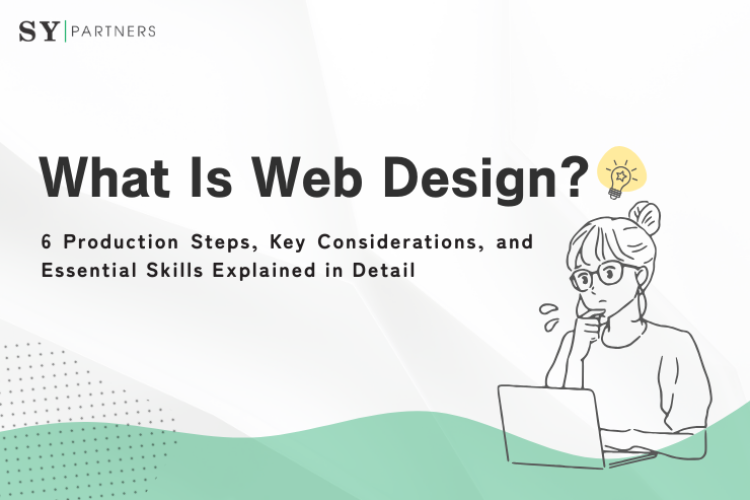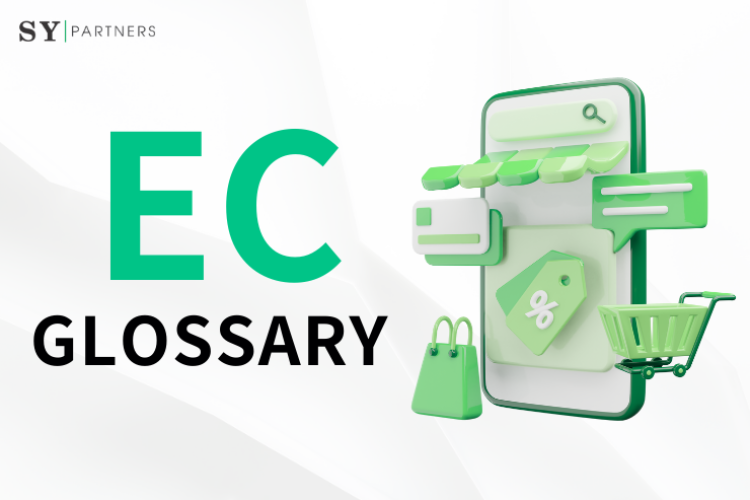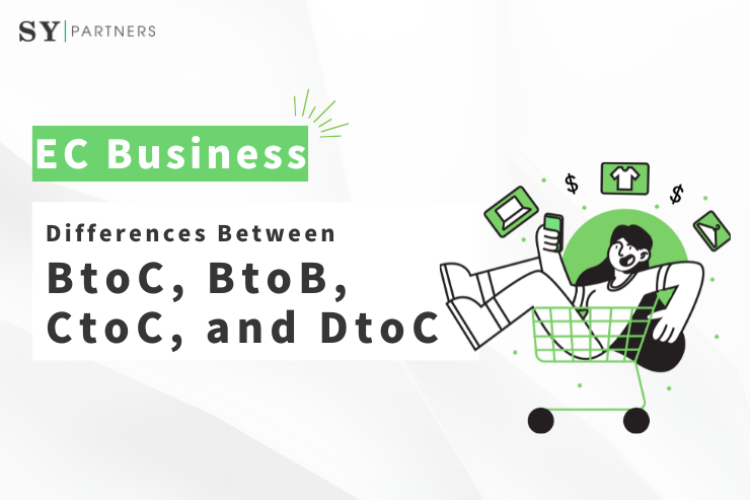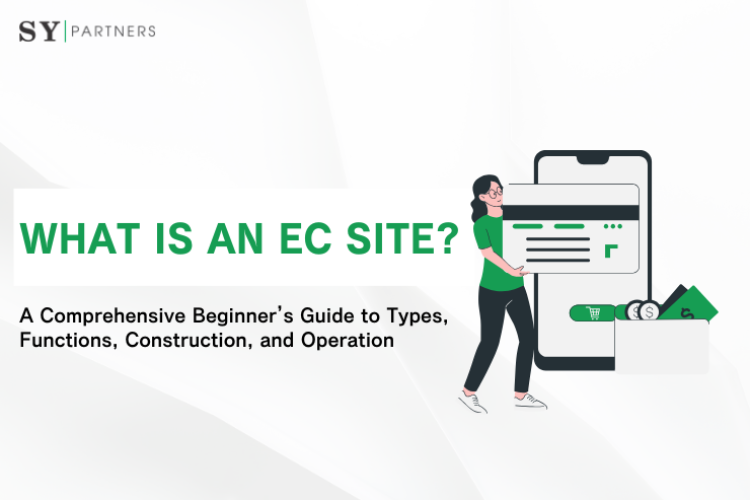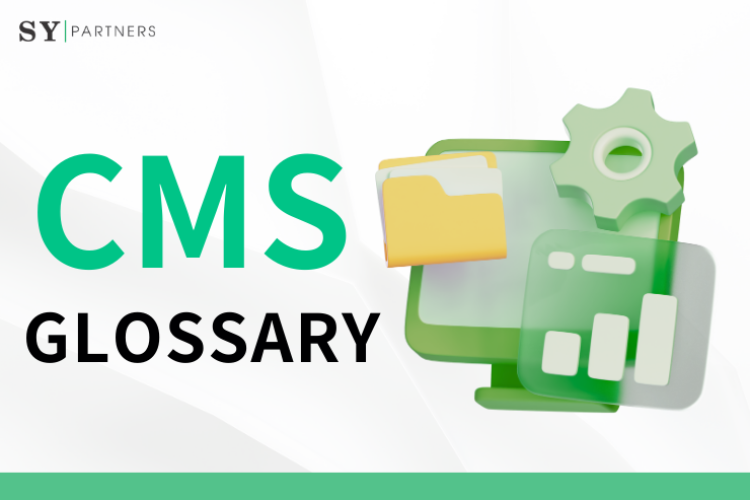What Is Web Design? 6 Production Steps, Key Considerations, and Essential Skills Explained in Detail
Web design is an essential means for companies and individuals to establish an online presence in today’s digital society. It goes beyond mere visual decoration and requires providing users with an intuitive, efficient experience that allows them to obtain information smoothly. For example, in an e-commerce site, it is necessary to simplify the purchase process, while in an information site, readability of content must be enhanced.


 EN
EN JP
JP KR
KR